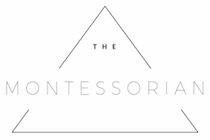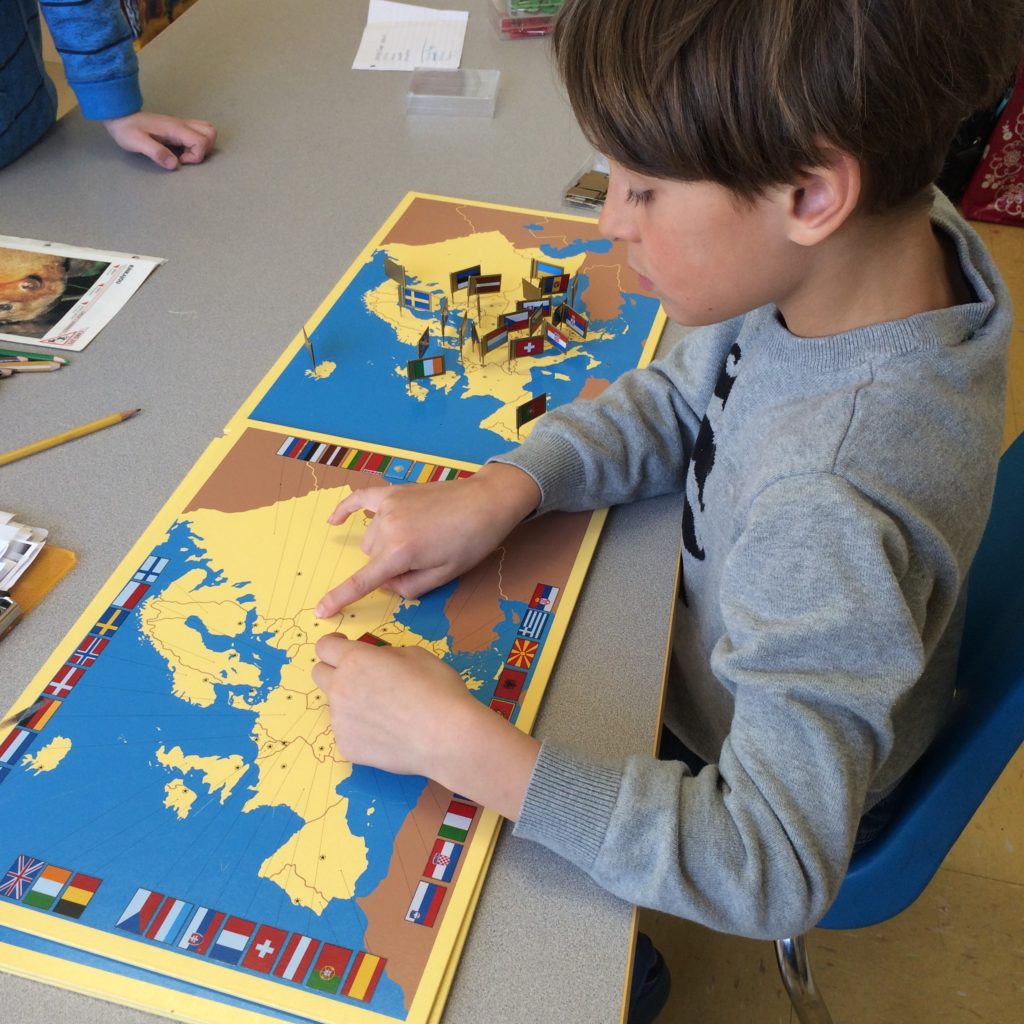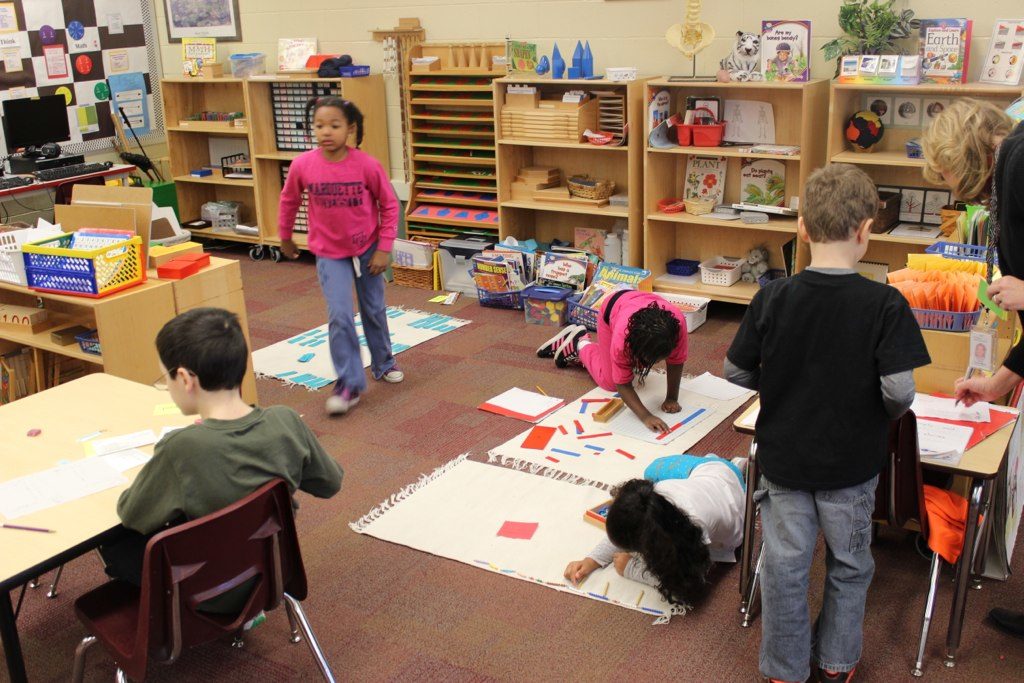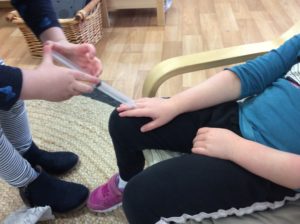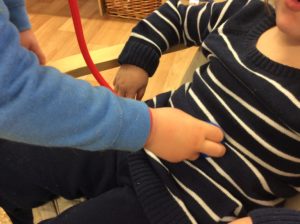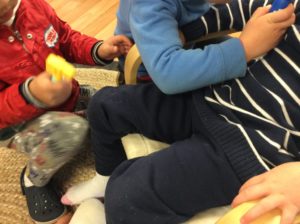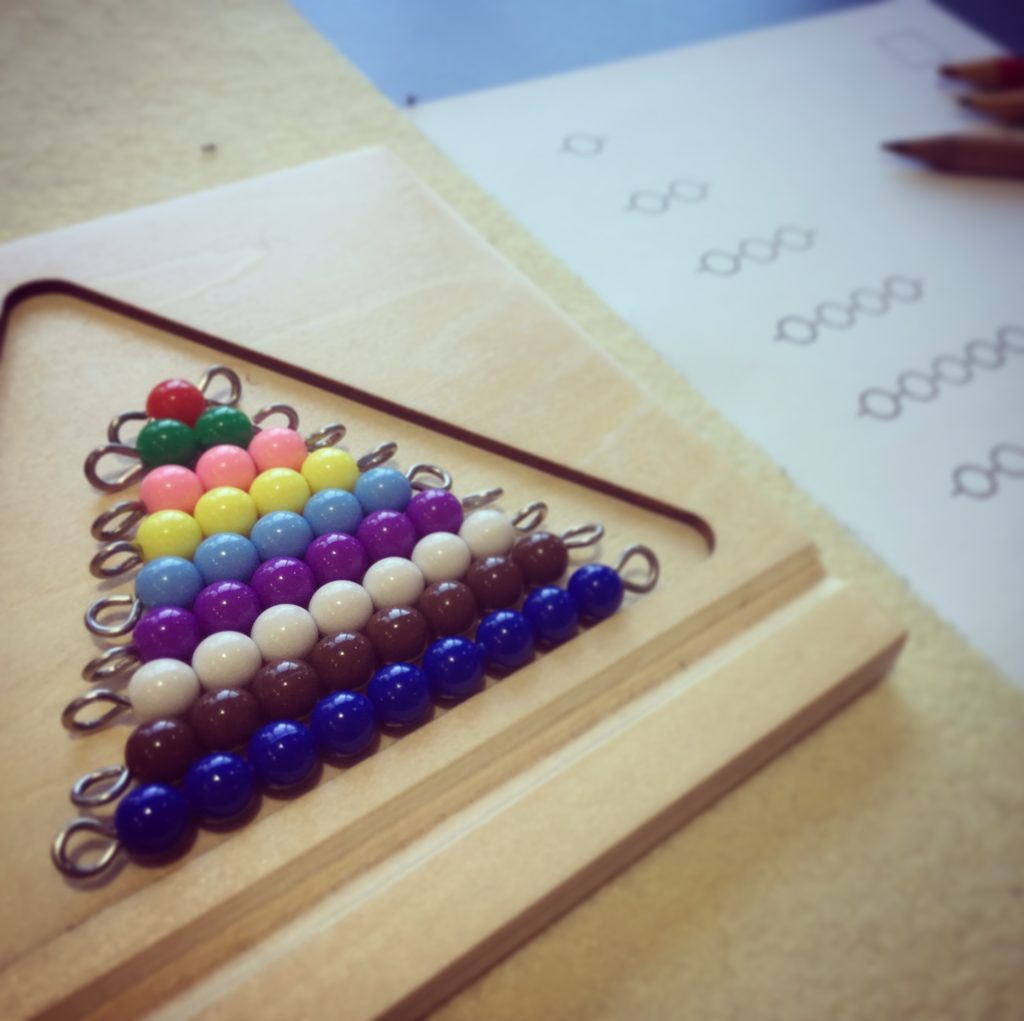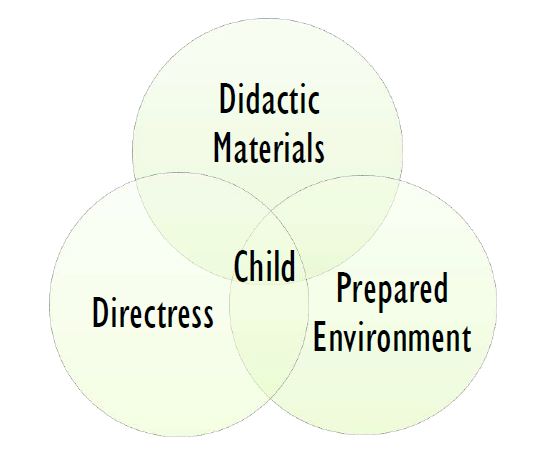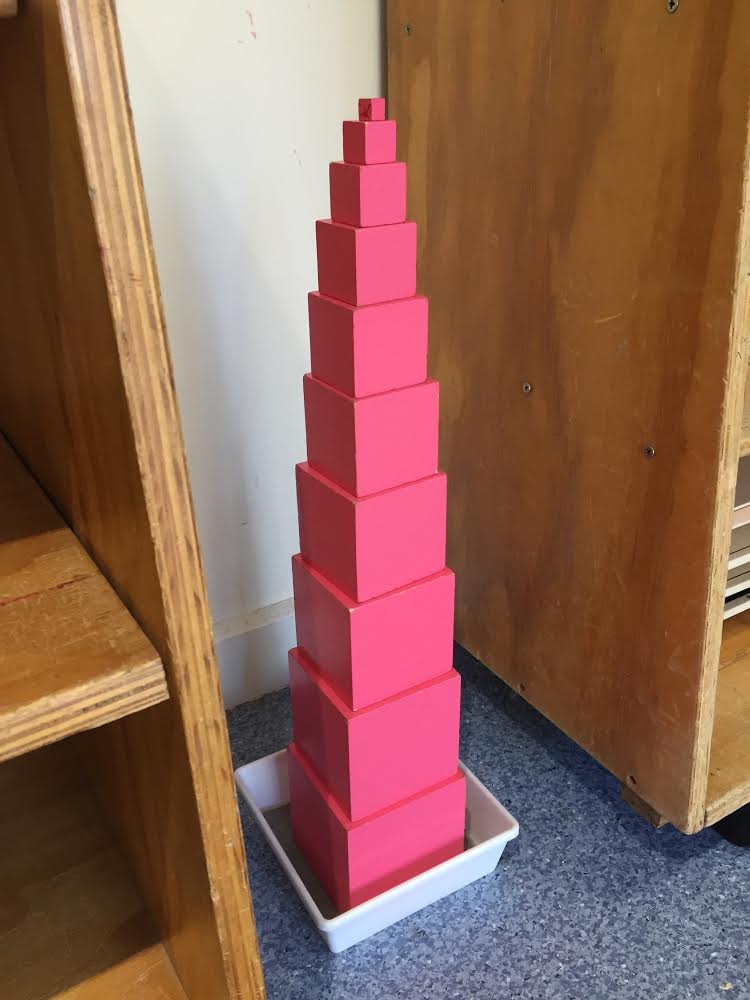The term absorbent mind is one that is often mentioned in relation to Maria Montessori. This post gives you a quick idea of the context to the term.
Stephenson (1991) declared that each child has the capacity to think, act and live as a human being, with the absorbent mind utilising the characteristics of humanity and the relevant plane of development (Montessori’s planes of development will be explained further in next week’s post) to mould that potential into reality through action. This is first done without consciousness, where the child needs assistance in interpreting the environment and creating knowledge (M. Montessori, 2012; Stephenson, 1991). In the next sub-plane, conscious intelligence in the absorbent mind begins as choices are made, still directed by the psychological features of the first plane of development (M. Montessori, 2012; Stephenson, 1991). The unconscious absorbent mind categorises and differentiates everything within its environment, focusing on what is relevant in the development of its individual personality (Stephenson, 1991). The conscious absorbent mind builds on the experiences of the first sub-plane, applying the “actualised potentials” of that time (Stephenson, 1991, p. 17).
Montessori (2012) described the discovery of the absorbent mind as a ‘revolution’ in education. She said that understanding this phenomenon enabled educators to understand why the first plane of development is the most important: “the creation of human character takes place within this span” (M. Montessori, 2012, p. 24). It created a new path for education in how to assist the developing mind in its progression.
Reference List
Montessori, M. (2012). The Absorbent Mind. California: BN Publishing.
Stephenson, M. E. (1991). The first plane of development. AMI Communications, 14–22.
